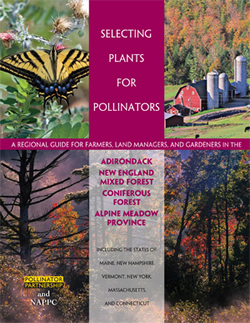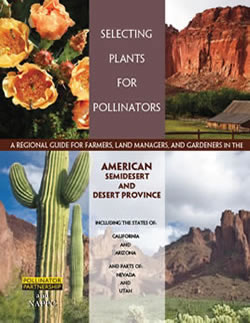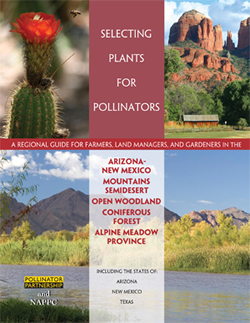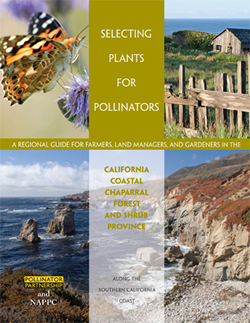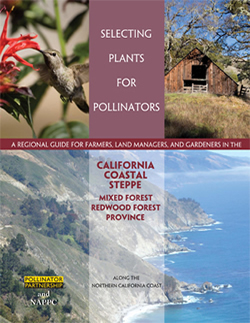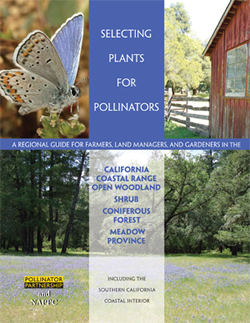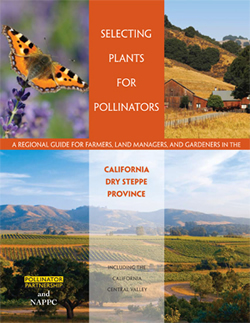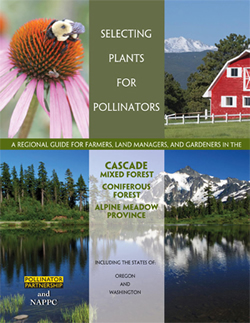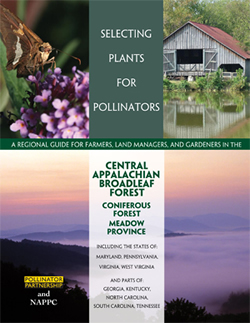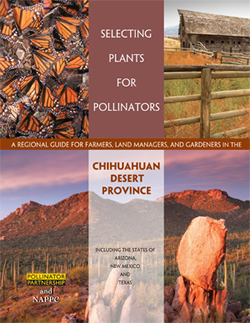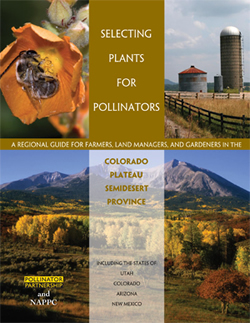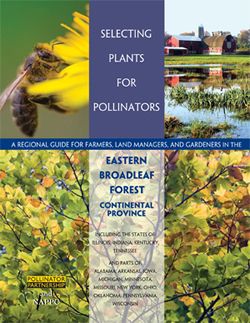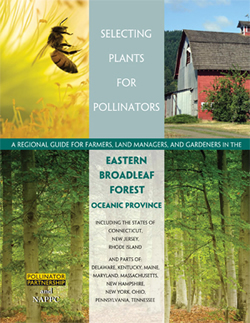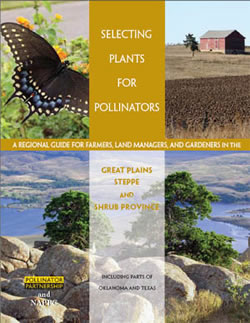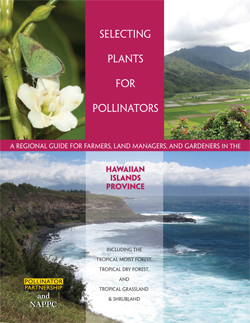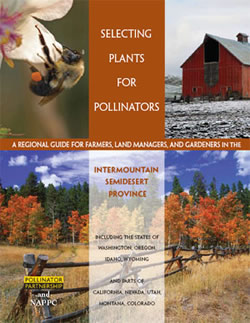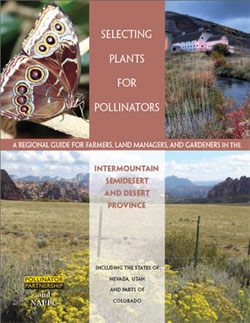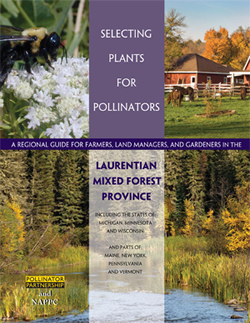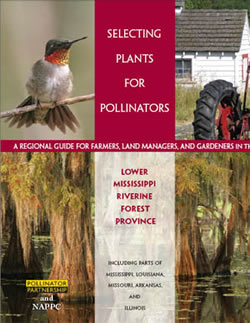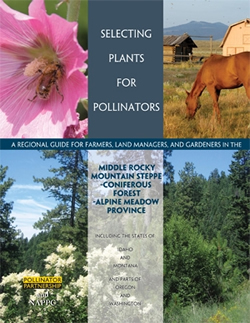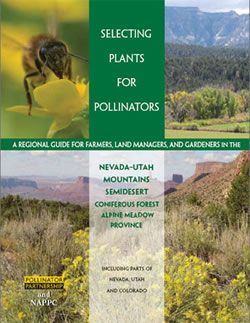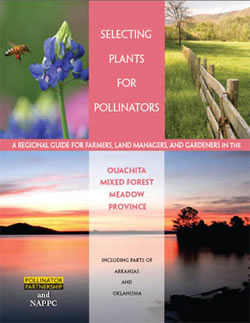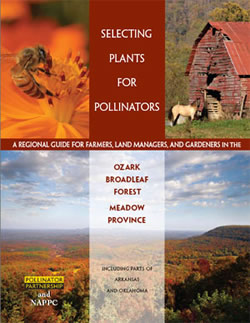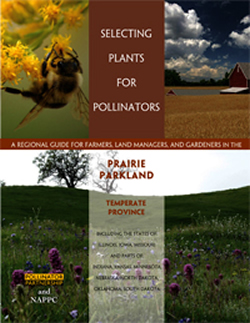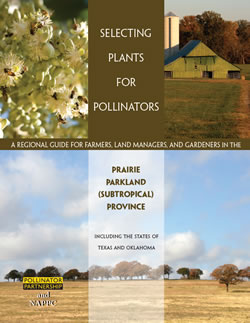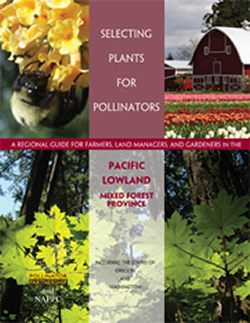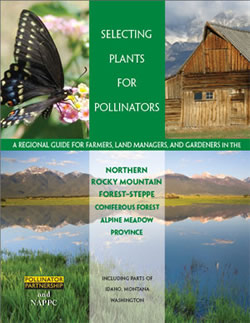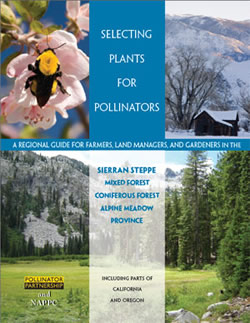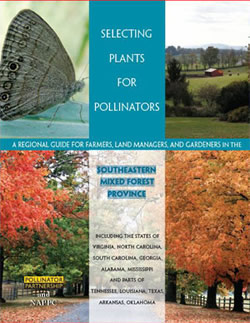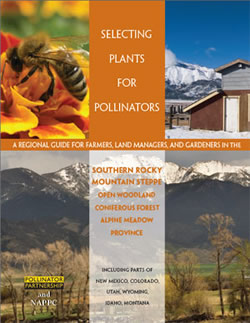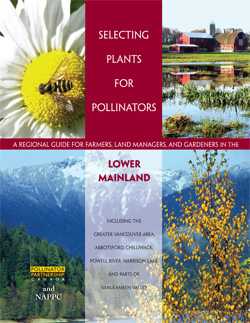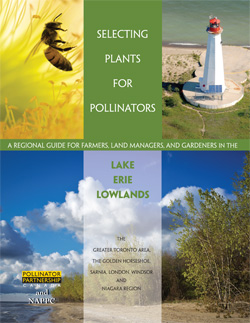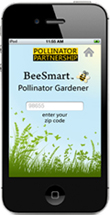Ecoregional Planting Guides
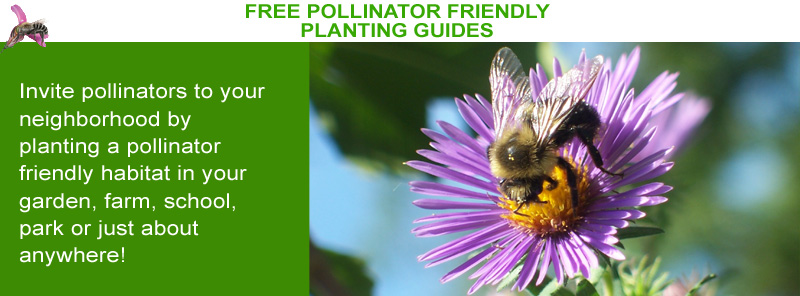
Selecting Plants for Pollinators
Our ecoregional planting guides, Selecting Plants for Pollinators, are tailored to specific areas of the United States. You can find out which ecoregion you live in and get your free guide by entering your zip code below. For Canada there are two guides currently; Lower Mainland and Lake Erie Lowlands.
Starting on Page 16 of the planting guides you can find lists of plant names that will attract pollinators and help you build beautiful pollinator habitat! Print these lists and bring them to your local native plant, garden center or nursery.
Click on a Guide to Download!
Inside each guide you'll find 24 pages of native planting information. All in full PDF Format.About the Guides
These guides were funded by the National Fish and Wildlife Foundation, the C.S. Fund, the Plant Conservation Alliance, the U.S. Forest Service, and the Bureau of Land Management with oversight by the Pollinator Partnership, in support of the North American Pollinator Protection Campaign. To learn more about why planting for pollinators is important, click here.
List of Common Plants
What to Plant?
Below is list of common plants for those who want to attract pollinators to their garden – it’s a simple list of plants readily available in most nurseries and big box stores in the lower 48 states. These plants are are not known to be invasive, but always research invasive plants in your area and never plant known invasive species.
What do I get from the Planting Guides and App?
While the generic plants listed below are fine for any area, we urge you to go a step further and use the list within the Planting Guides and App. It provides SPECIFIC native plants for your ecoregion – the native plants that are adapted to your climate.
Lavandula spp. (Lavender)
Rosemarinus officinalis (Rosemary)
Salvia spp. (Sage)
Echinacea spp. (Coneflower)
Helianthus spp. (Sunflower)
Cercis spp. (Redbud)
Nepeta spp. (Catnip)
Penstemon spp. (Penstemon)
Stachys spp. (Lamb’s ears)
Verbena spp. (Verbena)
Phacelia spp. (Bells or Phacelia)
Aster spp. (Aster)
Rudbeckia spp. (Black-eyed Susan)
Origanum spp. (Oregano)
Achilliea millefolium (Yarrow)
Why is Planting for Pollinators Important?
Whether you are a farmer of many acres, land manager of a large tract of land, or a gardener with a small lot, you can increase the number of pollinators in your area by making conscience choices to include plants that provide essential habitat for bees, butterflies, moths, beetles, hummingbirds, and other pollinators.
Where can I Buy Native Plants?
Visit Plant Native's site to find a nursery near you using your zipcode www.plantnative.org.
What's the Buzz About? Hear What People are Saying About the Guide.
"I am wrote a book on bees, wasps, and ants for gardeners and have included reference to your guides and your website, both of which are super. You are providing a great service to the gardening community. Many thanks."
-Eric Grissell Sonoita, AZ
"I found the guide to be visually pleasing and well written. I found my way without effort and loved the print size (using a laptop). I have never thought of flies as pollinators. Now, I feel almost bad for the swats".
- Sharon Weston
"I recently downloaded your guide for the region appropriate for Connecticut. I found it to be just what I was looking for in terms of plantings I can add to my yard that would support pollinators. It provided a lot of information on what kinds of pollinators are in my area, as well as many tips to make my yard more user-friendly for bees, butterflies, birds, etc. I don't think there is anything you didn't cover. The presentation was concise, easy-to-read, and enjoyable. Thanks so much for all the hard work that went into these guides. I look forward to improving my property both for myself, and all the wildlife that relies on it."
-Lisa Banik Waterbury, CT
"Your guide has opened up a whole new area of ecological observation and quick reference as to what species of pollinators use what plants as well as an opportunity through personal observation as to what additional pollinator are important . All of these pollinators and the pollination process are providing food and future fruits and seed production for birds. People must realize that you cannot have the butterflies and moths without the caterpillars and you cannot have food for the birds and other wildlife without the pollinators."
-Jerry W. Davis Certified Wildlife Biologist

